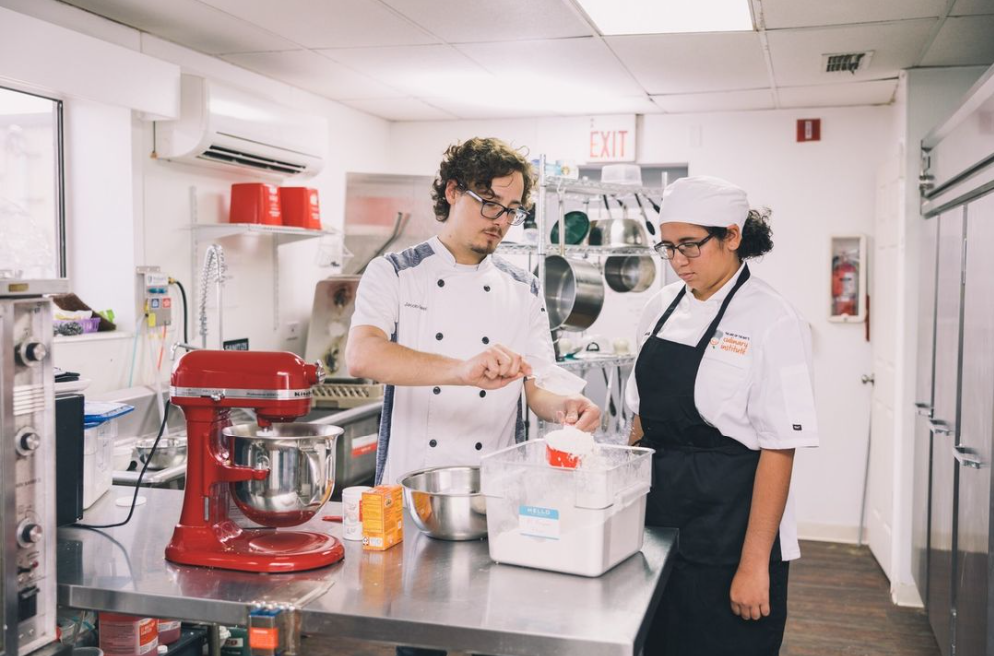The Florida Scrub-Jay is the iconic blue and gray bird of the state’s ancient sand dunes. They are struggling as their habitat continues to be developed for agriculture and homes.
But volunteers for Audubon Florida’s JayWatch program are closely monitoring them, gathering data that could help restore some of their protected territories and help keep their population stable, if not growing.
You can only find Florida Scrub-Jays in the Sunshine State. They live among the scrubby flatwoods, xeric oak scrub, and sand pines in family groups looking out for one another and raising their broods as a village.
Audubon’s Jay Watch
For 20 years now, volunteers and Audubon Florida staff have worked to collect critical data that can restore scrub jay habitat and advocate for them as a threatened species.
“In our county, there is very little going on because Hillsborough County only has a few scrub jays left,” said Mary Keith, of Tampa Audubon and a Jay Watch volunteer. “There is a possibility there might be a few out there. But they are not publicly accessible if they are, and so they are not included in Jay Watch.”
Related story: Brown pelican entanglements, a worrying issue
But just beyond the county border in Manatee County, the scrub jays are doing much better. Just past Wimauma lies the Moody Branch Preserve in Parrish. Manatee County owns the 960-acre site and the Florida Fish & Wildlife Conservation Commission (FWC) manages it, Keith said.

“It’s been going very well there,” she said. “The land managers there, it’s FWC. They have been trying to improve some parts of the property to make it better for the scrub jays. So the numbers are increasing.”
Year round volunteers
Jay Watch depends on volunteers who go out in teams to find the scrub jays and monitor their populations and habitat.
“We do it in the heat of summer when only mad dogs and scrub jay watchers are out in the scrub because that is the only time of year youngsters still look different from the adults,” Keith said. “We are trying to figure out how many young birds manage to get out of the nest and are out flying around with their families.”
The team chooses a route with certain marked points, so they know where to look for the birds.

“Scrub jays are really curious birds and if they hear somebody else in their territory, they want to go mob that guy,” so they all show their faces.
“You can count how many adults and juveniles and hopefully some or most of the adults have bands on their legs and you get a good enough look to say that’s hot pink with blue over silver bands,” she said. “Based on the bands, the land manager knows where and when that bird hatched and if it is a male or female. You can tell how productive the couples are being.”
Related: FWC approves harvest of goliath grouper
One person carries a tape player with scrub jay calls and plays it in every direction so the birds will hear it and congregate. Another person records what is being seen while one or two others are perusing the landscape.
“We keep learning more and more,” Keith said.
The peanut trick
And there is the peanut trap trick. “You go out in October and November and train the jays to come to people with peanuts. It is illegal to feed them unless training for a bander. You get three or five families all trained to be unafraid of the trap, so when a bander comes out, they can band 10-15 birds a day.”
Volunteers set up a dummy trap, which is then surrounded by raw, shelled peanuts. The jays get used to the sound of the truck coming and fly in to get the peanuts. Eventually, a real trap is set, and the jays fly in. That is when the banders can place the tiny metal bracelets on their legs for identification.
Still hope for the Florida Scrub-Jay
Even though the population has plummeted by 90% over the past 50 years, those that monitor them still hold out hope they can save the iconic birds. Well-managed conservations lands like the Marjorie Harris Carr Cross Florida Greenways “Triangle” and Jonathan Dickinson State Park both have stable or increasing populations.
In all, there are 46 sites monitored by Jay Watch in 19 counties.
“The Jay Watch data is an outstanding resource that the Service has come to rely on over the years,” said Todd Mecklenborg, a biologist for the U.S. Fish & Wildlife Service. “Having the annual data provides population trends for many of the local populations within our ‘focal landscape’ areas that provide metrics for our species’ recovery efforts.”































